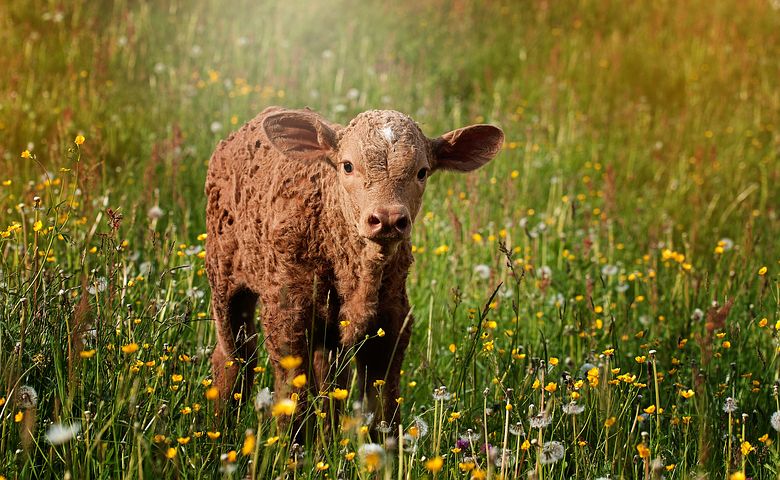



Despite national supply remaining tight, restocker activity looks to be waning in the north, helping to drive young cattle costs lower to their lowest levels in six months. Lot feeders are currently buying stock at a discount of more than 100 cents per kilogramme carcase weight from restockers, indicating that the hot feeder market has reached its apex. Given the below-average rainy season in some areas, cattle from the Northern Territory are beginning to enter the Queensland border sooner than usual. Although many Territory cattle do not fulfil EYCI guidelines, this has helped keep yarding sizes up in the Sunshine State.
There has been a week-on-week reduction of 6000 head in EYCI cattle yarded across the country, with Wagga Wagga in NSW now accounting for nearly 19% of the EYCI. According to agents, demand from individuals wishing to fill paddocks is remains high in the south. Meat & Livestock Australia analyst, Steve Bignell, disclosed that EYCI cattle at Dubbo saleyards this week traded at a 92c/kg carcase weight premium to Dalby and a 57c premium to Roma. Lot feeders now account for about 60% of the EYCI offering and have the luxury of being significantly more selective. The Argus northern cattle feeder price has dropped to $5.43/kg liveweight from $5.54/kg.
Tim Jude, StoneX, a livestock and commodities broker, said that in the saleyard, quality feeder lines were continuing to keep their value, but that as feedlots filled up, buyers were becoming more selective in what they were willing to pay for. At the same time, there was a bottleneck in terms of feeder cattle entering the Queensland market, which was exacerbated by heavy rain, resulting in a minor overstock, according to Nutrien Roma branch manager Andrew Holt. According to him, this was placing some downward pressure on feeder pricing. Still, feeder prices are at extraordinarily high levels, and although it’s difficult to see them falling too far in the current situation, it’s also difficult to see them climbing. “Margins have been stretched as feed grain prices have risen, but lotfeeders can still spend $500 less than the completed price,” he said.